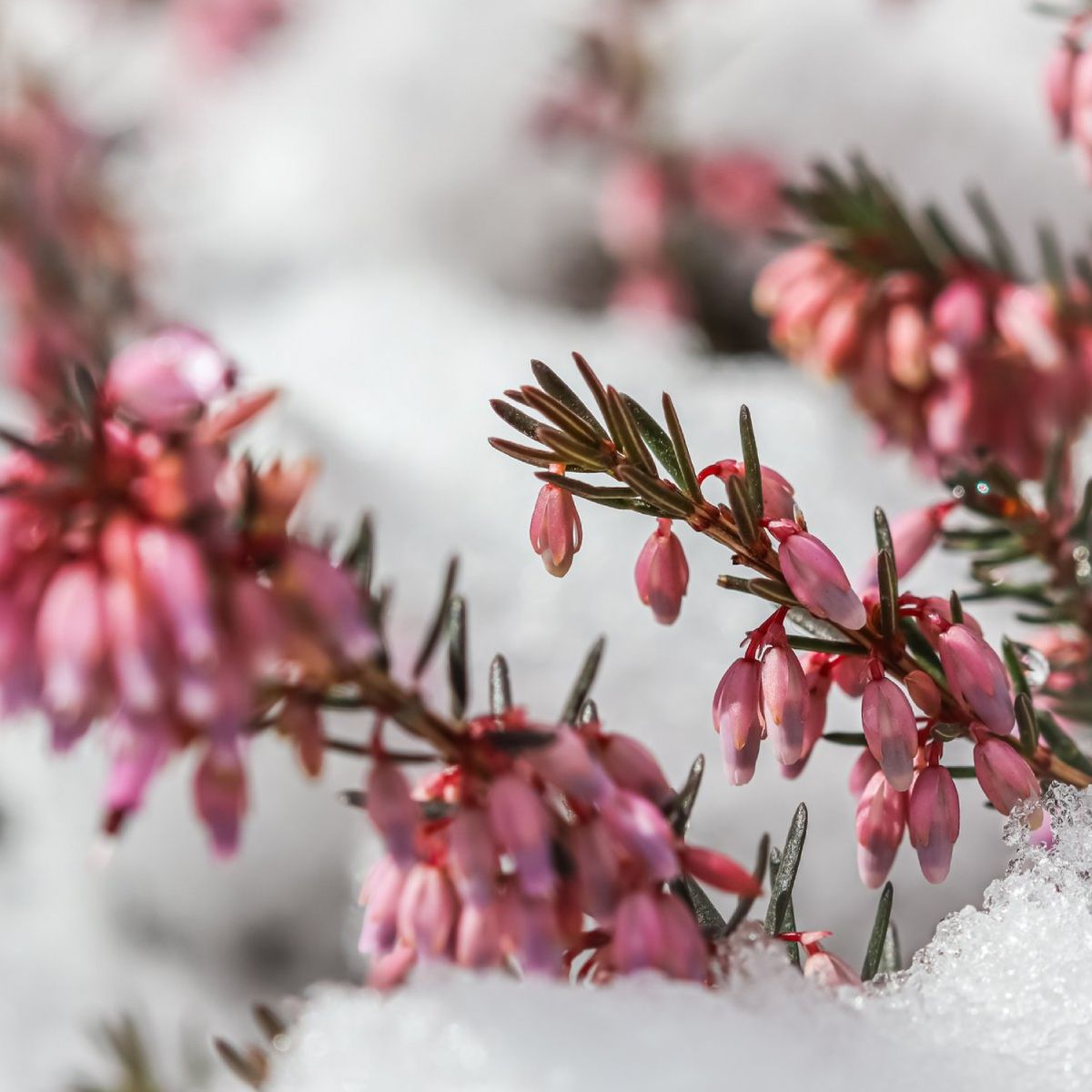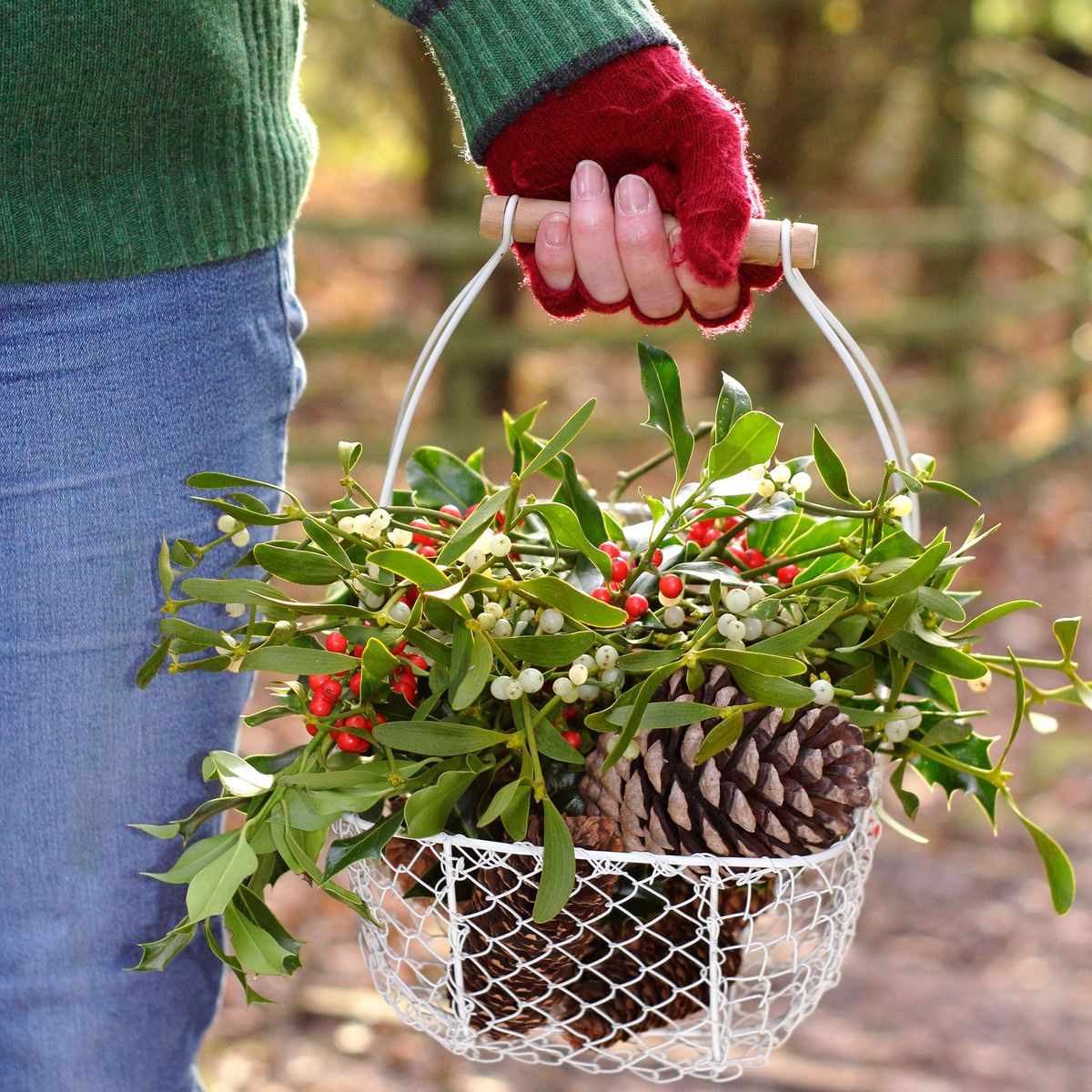Most believe that rice plants only grow in a flooded rice paddy. But did you know there’s a method that doesn’t require flooding your backyard? Upland rice flourishes as long as it has the right soil and receives enough water. In this piece, we’ll cover how to grow rice in your garden.
Rice is a grain with thousands of cultivars. White rice, long grain rice, and brown rice are sold in every grocery store. But massively manufactured species are subject to pesticides that may be harmful to ingest, and some organically grown brown rice can be expensive at the store.
Why not try growing rice at home in containers or the ground? With proper moisture, the right rice seed, and the right timing you’ll be growing rice in no time. And you’ll have your own brown rice or long grain harvest. Learning how to grow rice at home is a fun and rewarding process. Whether you decide to fill your garden with upland or lowland varieties from seed, the experience is well worth the effort.
Good Products At Amazon For Growing Rice:
Quick Care Guide

| Common Name(s) | Rice, paddy rice, lowland rice, upland rice, highland rice, arroz, riz, Báifàn, Basmati, Japonica, glutinous rice |
| Scientific Name | Oryza sativa |
| Days to Harvest | 90 to 120 days or 12 to 16 weeks |
| Light | Full sun |
| Water | 1 to 1.5 inches weekly |
| Soil | Rich, fertile, full of organic matter |
| Fertilizer | Prep soil with full NPK, apply P/K at tillering and additional N at panicle development |
| Pests | Termites, rice water weevils, stem borers, grasshoppers, beetles, leafhoppers |
| Diseases | Sheath blight, blast, straighthead, kernel smut, false smut, bacterial panicle blight |
All About Rice

Rice, or Oryza sativa, is a member of the grass family. It’s believed it was first selected and bred in China along the Yangtze River. It’s called paddy in the UK, arroz in Portugal and Spain, and riz in France. In its home country China, it’s named Báifàn, and in India, it is known as Basmati. Most people are aware of rice’s role in cooking across the world. Grains are hulled from tillers, collected, and then steamed into delicious dishes. White rice is essential in multiple countries. Instant white rice is available in any grocery store, and so is brown rice, which has a lower glycemic index.
The rice life cycle has multiple stages. Rice seeds and the growth of initial seedling blades comprise the germination phase. In the subsequent vegetative state, the tillers or main stems are developed in a process called tillering. A mature rice plant has anywhere from three to twelve tillers. Rice plants in poorer quality areas produce more tillers, but panicles are unevenly matured. Rice transforms from green to gold throughout its life. Flowers cluster together at the tops of the tillers. Depending on the species, flower colors vary greatly. After rice flowers bloom and wilt, seedheads (or panicles) emerge and arch over tillers.
You might consider growing a rice crop for eating, even ornamental kinds. Some of my favorite rice, like black rice, is considered ornamental. When you’re looking for rice seed, pick something that suits your needs. Because there are so many different types of rice, you’ll want to have a good game plan for maximum yield.
Types of Rice
Before you search for rice seeds to grow at home, consider the basic rice types. Long grain rice has less starch content and is drier than short-grain, making it useful in pilafs or Indian cooking. Short grain rice is better for recipes that require stickier grains, like sushi. Some species of rice, like brown rice, have both long and short-grain varieties.
Lowland varieties are what you probably picture when you think of people growing rice: long stretches of terraced rice paddies in rich tropical areas. Lowland rice, sometimes called paddy rice, enjoys hotter climates and is usually flooded with 2 inches of water to prevent weeds.
Highland or upland rice grows well on mountains and steep hillsides and does not require flooding for cultivation. Although upland rice seed can grow in droughts, they’ll produce much more with adequate water.
Duborskian rice is a short-grain highland variety many gardeners love to grow. It originates in Russia and appreciates drier climes. Duborskian does prefer well-moistened soil and spacing of about ten inches between tiller groups. Panicles on this variety are green to gold as they grow. Some Duborskian grains are light brown.
Koshikari is a lowland short-grain used for sushi. This particular species originates from the old Koshi Province in Japan. It prefers a marshy wetland or rice paddy for cultivation. If you live in a tropical region, Koshikari seeds may be a good choice if you want to grow rice at home. You can have an organically grown crop without flooding your backyard, too. Try planting them in 5-gallon buckets with no drainage.
One popular long-grain rice that has origins in Mayan cultures is Blue Bonnet Rice, cultivated to survive in the mountains of Belize. Mennonites brought seeds back to the United States for distribution. Blue Bonnet grows well in regular garden soil. Another popular long-grain variety is Carolina Gold. The Carolina Gold seedling prefers flooded areas. Successful cultivators of these seeds suggest using a kiddie pool.
Black madras rice is great for gardeners who want to try growing grains, but don’t necessarily need a high yield. This ornamental attracts waterfowl to the growing area, which can offer support to your local ecosystem, and provide a small harvest as well. Black madras subsists in wetlands and has lovely purple blades that produce black panicles.
Planting Rice

Rice has a long growth period and a short harvest season of about 4 weeks. Most varieties prefer warm weather. For this reason, plant rice after the last frost has passed, in early spring or sometime in March. Search for a warm sunny spot, in an area with rich well-draining soil. Or place a container in a space in the garden that meets these requirements.
Plant rice from transplants started indoors or via seed. Start seeds indoors about 6 to 8 weeks before your planting date. Once the seedlings are ready for transplant, place them in your garden bed in rows about 8 inches apart. You can grow rice in containers rather than in a garden bed, too. Upland varieties appreciate a large planter with consistently moist soil. Lowland varieties do well in 5-gallon buckets that have soil at the bottom and standing water above. No drainage is necessary. Try starting rice seeds directly in your container indoors and place them outside when they’re ready.
Care
With at least 2 inches to 4 inches of standing water per week, growing rice and caring for grains is pretty easy. Here are the basics.
Sun and Temperature
Rice plants need at least six to eight hours of sun per day. Less than six hours will be detrimental. Choose a sunny location for your planting.
Although paddy varieties prefer zones 9a to 10b, upland versions can be grown up to zone 4a. Lowland varieties need a longer growing season, and upland rice can produce in a shorter time.
The ideal temperature range for upland varieties is 55 to 80 degrees. Lowland varieties handle cool weather 50 degrees and above. At 86 degrees, unestablished lowland rice struggles to survive. Both varieties are sensitive to frost, and upland rice doesn’t do well in excessive heat. Use frost cloth to shield plants from frost damage. Shade cloth for rice gardening in hot lowland areas helps protect singed leaves, but should not be necessary.
Water and Humidity
Rice plants enjoy wet feet and prefer moisture at their base. Lowland varieties need regular flooding, or at least 2 inches of water level above the earth for plants at least six 6 inches tall. Flooding at 2 to 6 inches assists rice plants in providing moisture and in weed control.
An upland crop needs at least one inch of water soaking the soil per week. You’ll get the most out of your yield if you irrigate upland rice with a drip line. Drip irrigation gives higher yields, consistent water, and higher uptake of soil nutrients. If it is consistently rainy, your rice plants won’t need watering.
Soil
Rice grows in different types of soil which is why it is one of the most cultivated crops in the world. In lowland areas, it enjoys fertile growing media but can grow in loamy clay with a good flood. In the highlands, amend with well-rotted compost before planting. Upland variants still produce in poor soils with the right irrigation. They tolerate a wide pH range, between 3.5 to 8.5. Lowland varieties need a slightly more acidic pH, while upland varieties need a more neutral pH.
Fertilizing
Since rice is a grain in the grass family, it thrives on nitrogen. Ammonia-based nitrogens are best for growing rice, so options like urea or even urine are viable. But do not neglect potassium or phosphorous in the soil prep prior to planting! An additional potassium and phosphorous top dressing should be done just as the plants begin to tiller, and another top dressing of ammonium-based nitrogen should be applied as the panicles begin to form.
If growing a lowland variety, let your soil dry out for up to 10 days before applying your top-dressed ammonia nitrogen and then flood it after application. This ensures you can work some of the urea or other ammonia nitrogen into the surface of the soil to slow the rate of nitrogen oxidizing off once diluted.
Pruning
It’s not necessary to prune this grassy plant until it’s time to thresh seeds for harvesting. Pruning off dead leaves is detrimental to the growth cycle. Once you’ve threshed the grains, remove the foliage that’s left behind. Each plant produces an annual harvest.
Propagation
Rice is propagated from unprocessed, intact seeds with hulls. Scatter seed in your pre-planting area in spring after the last frost to have something for harvesting again in fall. Cover the scattered seeds with compost, and flood them if needed. If you’re container gardening, fill your bucket with 4 inches of soil amended with compost. Then sow seed. Transplant seedlings outdoors or move your container into a sunny spot when the seedlings are established.
Harvesting and Storing

Harvesting rice is a labor-intensive process but it can be done at home. Let’s cover the basics of harvesting and storing your rice crop.
Harvesting
You’ll know it is ready for harvest when arched panicles have changed in color from green to gold. Take a small sickle and cut the stalks close to ground level. Then gather them and place them on a porous paper in a warm dry place for two weeks to dry out. If you have a large harvest, place the grain between two tarps in a layer and trample them to remove the hulls from panicles. Alternatively, try pounding a smaller harvest on a countertop between two sheets of parchment or in a plastic bag.
You can winnow, or remove the hull residue by hand by pouring the grain over a cookie sheet with a fan blowing. The air will whisk away the crushed hulls leaving nothing behind but your grains.
Storing
Begin this process during harvest by only selecting healthy grains. This prevents spoilage. Store the grains in an airtight container. A mason jar or airtight container works here. These grains keep for the same amount of time store-bought rice does.
Right after harvesting, you will have brown rice. White versions are polished to remove most of the brown outer seed coating left behind after hulling.
Troubleshooting

While this plant is hardy, many issues don’t present themselves until harvest time. If you’re growing a lowland variety, search your garden or buckets daily for fungal disease.
Growing Problems
Rice with an uneven water level grows irregular panicles. Therefore it may be best to start in buckets rather than attempt in-ground methods. Rice farmers recommend consistent standing water at two inches.
Gardening when it’s too warm or cold can also affect seed production. If it’s excessively warm, cover rice stalks with shade cloth or provide additional moisture. If there’s a snap freeze, cover them with frost cloth. Other than that, rice will do well in almost any space.
Pests
Termites and rice water weevils feed on the roots of rice plants. If they have their way, rice stalks may lose their ability to produce fruit, making harvesting your crop a disappointment. Pyrethrin is effective against both, although termites may be hard to combat.
Fall armyworms and rice stem borers are both larval forms of moths. These respond well to treatment with Bacillus thuringiensis, but can also be treated with pyrethrin or spinosad. Some leafhoppers may also become an issue, but insecticidal soaps or pyrethrin will effectively control them as well. Grasshoppers may be an opportunistic pest on your stalks, too, but BT is effective against most species.
Raising ducks with lowland rice is a cultural method of insect control. Ducks search food crops for insects and prey on them to survive. This seems like a fun project and a way to keep insect pests out of your bucket or your beds. Fish also feed on insects in flooded rice paddies, so there’s another fun project in gardening!
Diseases
Sheath blight is a fungus (Rhizoctonia solani) that produces oval lesions on rice stalks just above the water level. This fungus lives in soil and can cause plant death. To prevent sheath blight, grow blight-resistant seeds. Rice blast, caused by the fungus Pyricularia grisea, loves warm wet weather. It causes rotting between stalk nodes in its first stage. As it grows, it makes its way up to the panicle. Treat sheath blight and rice blast with copper fungicide, either preventatively or acutely. Spray established plants on the land or in a bucket in the morning or at dusk when it’s not too warm. Space repeated applications at least seven days apart.
Straighthead disease occurs when panicles do not form adequate fruit and maintain a straight-up appearance often when rice is planted in a floodplain year after year. In this case, water is filled with arsenic. Rotate crops in and out of the area frequently to prevent straighthead disease. In extreme cases allow the water level in your paddy to dry up and then fill it again next year. Keep your rice container or bucket well cleaned between rice plants. Refill only when it’s time to begin growing rice seeds again.
Ustilaginoidea virens is a fungus that causes false smut. False smut colonizes the tillers of rice through small lesions in the stalks. The mycelium causes tissue damage that attaches small balls that must be removed. After removing them, treat plants with copper fungicide. Kernel smut is another fungus caused by a cocktail of resting spores known as Chlamydospores. They cause irregular panicle formation that discolors grains. Treat kernel smut culturally because early detection isn’t possible.
Bacterial panicle blight is another disease that forms right at the end of the rice plant life cycle. It causes deformation and discoloration of fruit. And you won’t even know it’s a problem until harvesting your rice. The best way to prevent this seed-transmitted disease is to grow disease-resistant strains.
Frequently Asked Questions

Q: Does rice have to be grown in water?
A: No! Upland varieties especially prefer intermittent water. And new techniques have made it so even growing rice in paddies doesn’t require flooding, although they enjoy it anyway.
Q: How much rice can one plant produce?
A: One plant produces anywhere from 70-100 grains of rice per panicle.
The Green Thumbs Behind This Article:










